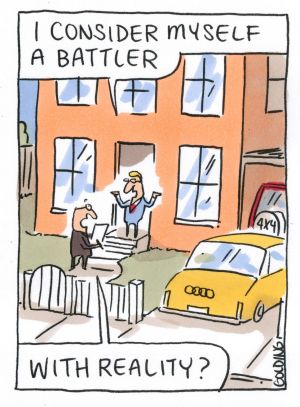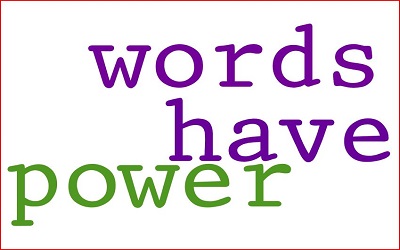你是否为经济类话题无法动笔或无话可说而烦恼?墨尔本文波雅思PTE用一篇澳洲财富分布文教你最实在的数据陈述和地道表达,学习一下如何描述人们的消费习惯和贫富差距,
让你做到论据从分、出口成章!
GST would hit poor hardest
Treasury modelling on the GST reveals the most vulnerable (形容最平穷群体)could be hit the hardest Fairfax’s Peter Martin explains why.
为富人设计的GST税收模式沉重打击穷人,雪上加霜
High income earners are reluctant to part with (舍弃)their tax breaks in part because they think of themselves as battlers, new research suggests.
高收入人群拒绝放弃他们税额优惠,因为他们认为自己在“战斗”
Two-thirds of the highest-earning households surveyed by Ipsos Australia for MLC Wealth define themselves as “middle class” or “lower middle class” or “working class”.
调查显示,三分之二的高收入家庭完全不认为自己“有钱”
It’s a paradox. The people who are earning more are also spending more and feeling they are being left behind.
这是一个悖论:有钱人因为花钱多反而觉得自己赚钱太少
Each brings home at least $200,000, putting it near the top 10 per cent of households.
这些前10%的有钱人,每年至少赚20万澳币回家
“Upper class? Certainly not. We are working class Aussie battlers mate! ”
“我们绝不是上层社会!我们是战斗中的工薪阶层!”
Yet, according to the survey to be released on Monday, only 2 per cent of the high earners define themselves as upper class and only 31 per cent as upper middle class.
Almost half (44 per cent), say they are middle class. A further 10 per cent say they are lower middle class, and 13 per cent working class.
他们中只有2% 的人认为自己属于上层阶级,明明很有钱但是不承认?
Many households in the top 10 per cent struggle to save. The survey finds one in five live “pay cheque to pay cheque“, spending everything they earn.
事实上这10%的人完全不懂得存钱,1/5的人赚多少都全花光!
Two out of three say the cost of maintaining their mortgage is “having a big impact on their lifestyle”.
2/3的人认为贷款买房给他们生活造成了巨大影响
“It might be because they are living in the major cities, living in the expensive areas of major cities, or working so hard that conveniences such as eating out seem essential.”
“或许是 因为他们住在消费水平极高的大城市富人区,忙得必须天天出去吃饭”
Asked to nominate the average income of a household that was genuinely upper class household, high income households nominated $454,000.
Middle earning households were more realistic, nominating $280,000.
Curiously, very low income households defined upper class in much the same way as high income households, nominating $549,000.
不同人群对所谓的“上等收入”门槛都有不同的概念
But low earning households were realistic about their own status. Four out of 10 described themselves as working class. None described themselves as upper class.
穷人家庭明显对自己的阶层定位和生活状态有更准确的认知
Ms Bourguignon said perceptions about what constituted a comfortable lifestyle were changing.
人们对于舒适生活的定义正在改变
“It used to mean having access to a home, food, healthcare and schooling,” she said. “Now it extends to overseas holidays, private schools and the latest technology. We have come to define comfortable as being able to do whatever we want. We have changed our perception of what normal is.”
过去拥有住房,温饱,医保和免费教育是正常生活的标准;先在我们想随心所欲做任何事:海外度假,私校和最新的科技
你觉得自己幸福吗?
更多内容尽在墨尔本文波雅思PTE!







